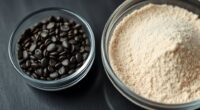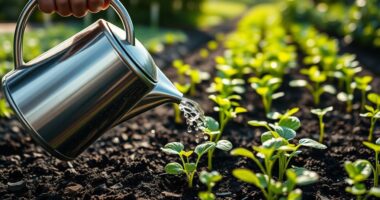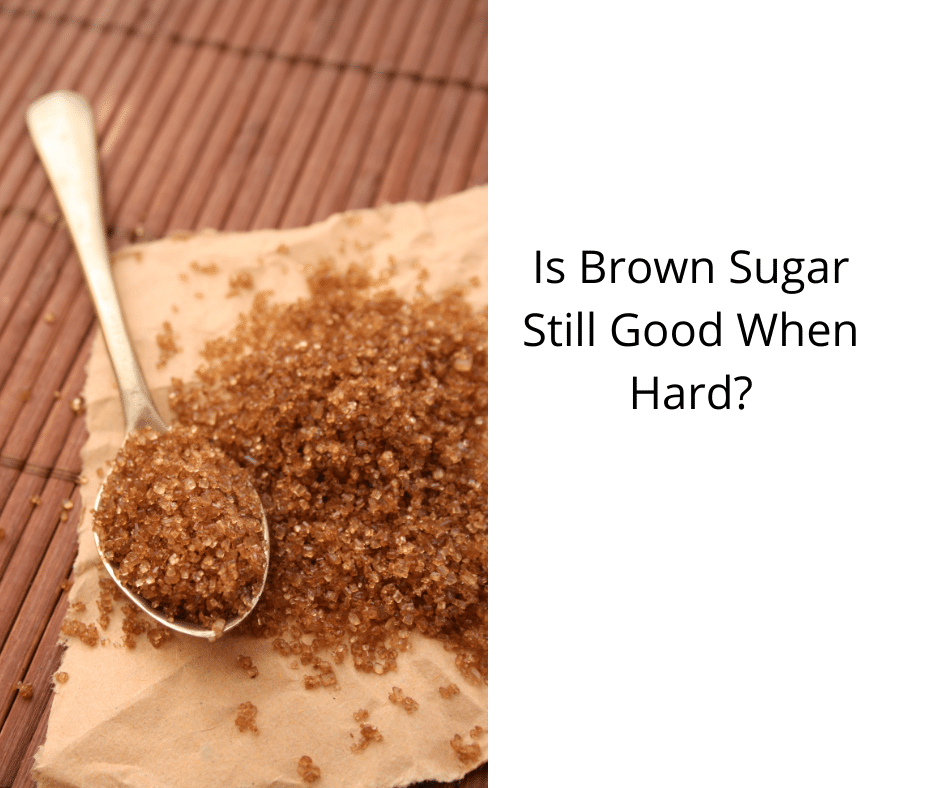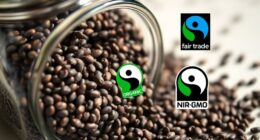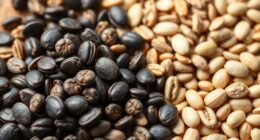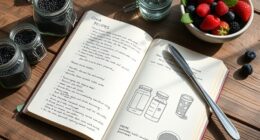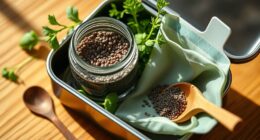If you’re starting out, indoor seed starting allows you to control soil quality, light, and temperature, giving your seedlings a healthy start. It’s ideal for plants that need a longer growing season or protection from unpredictable weather. Direct sowing is simpler, saving you time, and works well for plants that tolerate outdoor conditions. Knowing which method suits your plants and environment helps guarantee success; keep exploring to learn all the essentials.
Key Takeaways
- Indoor seed starting offers controlled conditions for early growth, ideal for extending the growing season and protecting seedlings from pests.
- Direct sowing saves time and effort, suitable for hardy plants that tolerate outdoor conditions and full sun immediately.
- Proper soil preparation and lighting are crucial for healthy seedlings, whether started indoors or directly sown outdoors.
- Indoor seedlings require high-quality, well-draining soil mix and sufficient light to prevent legginess and promote strong growth.
- Choosing between indoor starting and direct sowing depends on plant type, climate, and available space, ensuring optimal growth conditions.
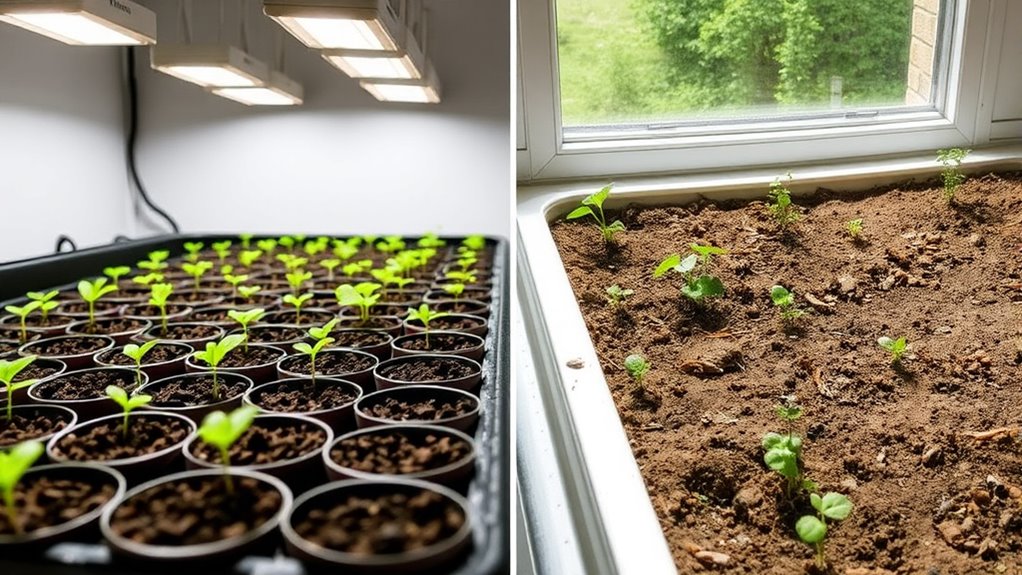
Deciding whether to start your garden seeds indoors or sow them directly into the ground depends on several factors, including plant type, climate, and available space. When it comes to indoor seed starting, one of your first tasks is soil preparation. You’ll want to use a high-quality seed-starting mix, which is lighter and drains better than regular garden soil. This type of soil provides the right balance of nutrients, aeration, and moisture retention to support young seedlings as they develop strong roots. Proper soil preparation guarantees your seeds have a healthy environment to germinate and grow, reducing the risk of disease or damping-off fungi that thrive in overly wet or dense soil. Before planting, thoroughly moisten the soil mix and fill your containers, leaving a bit of space at the top for watering. This helps prevent soil compaction and promotes even root growth.
Use high-quality seed-starting mix for healthy, well-draining soil that promotes strong seedling growth.
Light requirements are vital for indoor seed starting success. Young seedlings need plenty of light to grow sturdy and prevent legginess, where they stretch toward a light source and become weak. Ideally, you should place your seed trays in a south-facing window with direct sunlight or use grow lights specifically designed for seedlings. If using grow lights, keep them close to the seedlings—about 2-3 inches above—so they receive the right intensity. Many beginners underestimate how much light seedlings need, and insufficient light leads to tall, spindly plants that struggle to support themselves when transplanted outdoors. To guarantee uniform growth, turn your trays daily and monitor the light’s distance and duration. Most seedlings thrive with 12-16 hours of artificial light daily, mimicking natural daylight.
On the other hand, direct sowing into the ground eliminates the need for soil preparation in containers but requires suitable soil conditions in your garden bed. Before sowing, you should loosen and amend the soil with compost or organic matter to improve fertility and drainage. Proper soil preparation in your garden bed creates a healthy foundation for seeds to sprout directly where they’ll grow permanently. Light requirements outdoors depend on the plant, but generally, most seeds need full sun—at least 6 hours of direct sunlight daily—to thrive. If you’re planting in a shaded area, check whether the specific plant tolerates less sunlight or consider transplanting seedlings later when they’re strong enough to handle partial shade. Additionally, understanding the importance of contrast ratio can help you optimize outdoor conditions by ensuring your garden space has the right environment for healthy growth.
Ultimately, understanding your soil and light needs helps you choose the best starting method for your plants, setting the stage for a successful garden.
Frequently Asked Questions
Which Method Yields Faster Plant Growth?
You’ll find that direct sowing often results in faster plant growth initially because plants grow directly in their outdoor environment, promoting stronger seedling vigor and root development. Indoor seed starting can take longer to see results since seedlings need time to grow indoors before transplanting. However, indoor methods give you more control, leading to healthier, more vigorous seedlings that can develop better root systems once transplanted outside.
How Do I Choose the Right Seeds for Starting Indoors?
To select the right seeds for starting indoors, check their seed viability to guarantee they’re healthy and likely to germinate. Also, consider their light requirements; some seeds need bright, indirect light, while others thrive in lower light. Pick seeds suited to your indoor conditions, and always follow the packaging instructions for ideal growth. This way, you set yourself up for successful germination and strong seedlings.
What Are Common Mistakes Beginners Make With Seed Starting?
When starting seeds, you might make common mistakes like neglecting soil sterilization, which can lead to seedling diseases. Always sterilize your soil or use fresh, sterile medium to prevent infections. Overwatering is another issue; it can cause damping-off disease. Keep the soil moist but not soggy, and ensure good air circulation. Being attentive and prepared helps you avoid these mistakes and grow healthy, strong seedlings.
Can I Combine Both Methods in One Garden?
Combining both methods is like mixing paints to get the perfect color. You can start some seeds indoors and then transplant seedlings into your garden, while direct sowing works well in prepared soil. Just guarantee soil compatibility for seedlings and avoid transplant shock during seedling transplantation. This approach maximizes your garden’s productivity and helps you learn which method suits different plants best.
How Do I Prevent Pests in Indoor Seed Starting?
To prevent pests in indoor seed starting, start with pest-resistant varieties to reduce risk. Keep your workspace clean, removing debris and old plant material. Use natural pest control methods like neem oil or insecticidal soap if pests appear. Guarantee good airflow and avoid overwatering, which attracts pests. Regularly inspect seedlings, catching issues early. These steps help protect your young plants and promote healthy growth without harmful chemicals.
Conclusion
Ultimately, whether you choose indoor seed starting or direct sowing, remember that patience and care are your greatest allies—like the gardener who tends her plants with quiet hope, trusting in the natural rhythm of growth. Each method offers its own path to lush success, echoing the timeless dance between human effort and nature’s timing. Embrace the journey, and let the seeds of your labor blossom into a vibrant, thriving garden.

